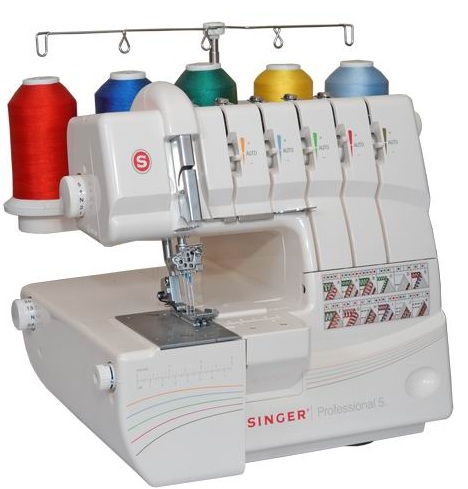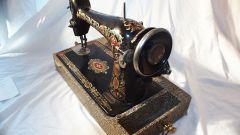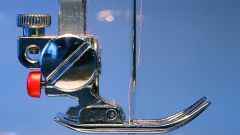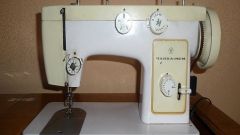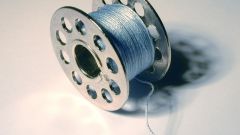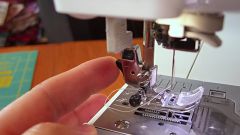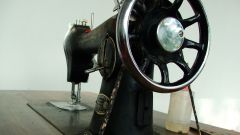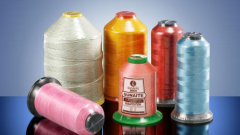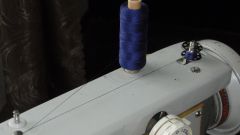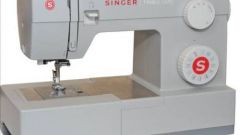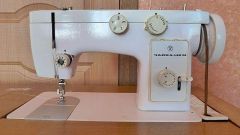You will need
- appropriate tissue number (size) of threads and the number (size) used for working needle.
Instruction
1
Take the working reel of thread and put it on the reel seat.
2
Thread the end of the thread through the holes or hooks of the threading guides (it is important that the axis of the reel seat was aimed directly at the thread guide, otherwise possible breakage of lines or the deterioration of the quality of the stitch).
3
Pass the thread through the tensioning mechanisms: in the sequence will go first through the yarn guides that divert the thread during operation of the machine, then through those that attract (some models of sewing machines this is one mechanism).
4
Now skip the thread through the eye of a needle.
5
After all the above steps enter the thread in the hole of the loopers (or two or one). Ensure that the thread was aimed in the direction of movement of the fabric.
6
When the threads are tucked under the previous recommendations, you need to bring them under the presser foot to the left, holding hand over foot until the first stitches. If dressed with one thread (when open), then display it under the left foot is not necessary. You can just turn the pulley, make a few stitches on the finger of the conical clamping part and to do the stitching on.
Note
The principles are generalised guidelines for all types of cars. But keep in mind that each model is accompanied by instructions for use. Therefore it is better to read the manual thread the serger, adapted exactly to the machine that will be used in the work. For example, in modernized sewing machines places the input thread on the serger marked colored points, that facilitates the work of the seamstress-beginner.
Useful advice
In order to properly fill the thread in the serger, it is important to get acquainted with the device of the machine, in order to consider filling up threads all the holes and yarn guides;
When replacing the old threads to avoid such a long procedure of filling. For this you need to cut the old thread close to the spool and to the end of the old link;
Before filling up the threads need to investigate the quality of the coils. If the ends of the coil is damaged or the disks it is restricted, it will lead to failure of descent of the thread, therefore much will ruin the stitching.
When replacing the old threads to avoid such a long procedure of filling. For this you need to cut the old thread close to the spool and to the end of the old link;
Before filling up the threads need to investigate the quality of the coils. If the ends of the coil is damaged or the disks it is restricted, it will lead to failure of descent of the thread, therefore much will ruin the stitching.
